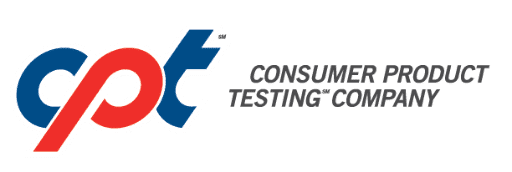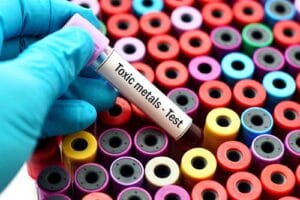What was the focus of the USP <231> Heavy Metals test?
Historically, the testing for heavy metals was conducted exclusively on raw materials that were used in food, drug, cosmetic/personal care, and dietary supplement products in an attempt to limit heavy metal contamination in such critical products. Unfortunately, heavy metals contamination from sources other than raw materials were rarely, if ever, assessed. This resulted in continued heavy metals contamination of such products at an ongoing risk to their users.
What is the “new” focus that USP and FDA have on Heavy Metals testing?
Since heavy metals contamination can occur from any number of sources in addition to the raw materials of which a product is composed, the “new” focus of testing is upon finished products in their marketed containers with labeling in place. Also, the terminology has been changed from “heavy metals” to “elemental impurities”. In this way, the sum total of metal contaminants from all sources can be captured. This includes raw material, product manufacturing, product filling and packaging, the primary container/closure system and labelling sources.
Will USP <231> Heavy Metals be replaced by another test?
The answer to this question is both “No” and “Yes”.
“No”, in the sense that the USP <231> test for Heavy Metals has now been eliminated (without replacement) from every USP Monograph in which it once appeared. There is no longer a general requirement to test raw materials for heavy metals.
“Yes”, in the sense that USP General Chapter <232> entitled Elemental Impurities – Limits now establishes a limit for each elemental impurity of concern, and USP <233> entitled Elemental Impurities – Procedures provides a choice of methodologies by which to conduct testing. The old Heavy Metals method described in USP <231> has now been eliminated and replaced with more modern methods using Inductively Coupled Plasma (ICP) and related technologies.
“Yes” in the sense that the focus of testing for elemental impurities has shifted from raw materials to the packaged finished product, and that such testing is now required in accordance with USP General Chapters <232> entitled Elemental Impurities – Limits, and <233> entitled Elemental Impurities – Procedures.
So, what is the impact of this change for owners of affected products?
You are no longer required to test your raw materials for Heavy Metals per USP <231>. That being said, you are now required to assess your products for the twenty-four (24) elemental impurities listed in USP <232> Elemental Impurities – Limits. This assessment may be achieved through the conducting of a science-based risk assessment and/or by performing actual testing. Testing may include raw materials, container/closure systems, in-process samples of product batches, and finished product batches which have resided in their marketed packaging and labelling through self-life.
How can CPT assist with your elemental impurities testing?
CPT is equipped with state-of-the-art Inductively Coupled Plasma with Mass Spectrometry detection (ICP-MS), with Optical Emission Spectroscopy detection (ICP-OES), Atomic Absorption/Graphite Furnace (AA/GF), and microwave digestion sample preparation systems to analyze any and all components of your product, and also the assembled and filled product itself. Our in-house experts are ready to speak with you and offer their advice as to the best approach for handling your elemental impurities testing needs.

